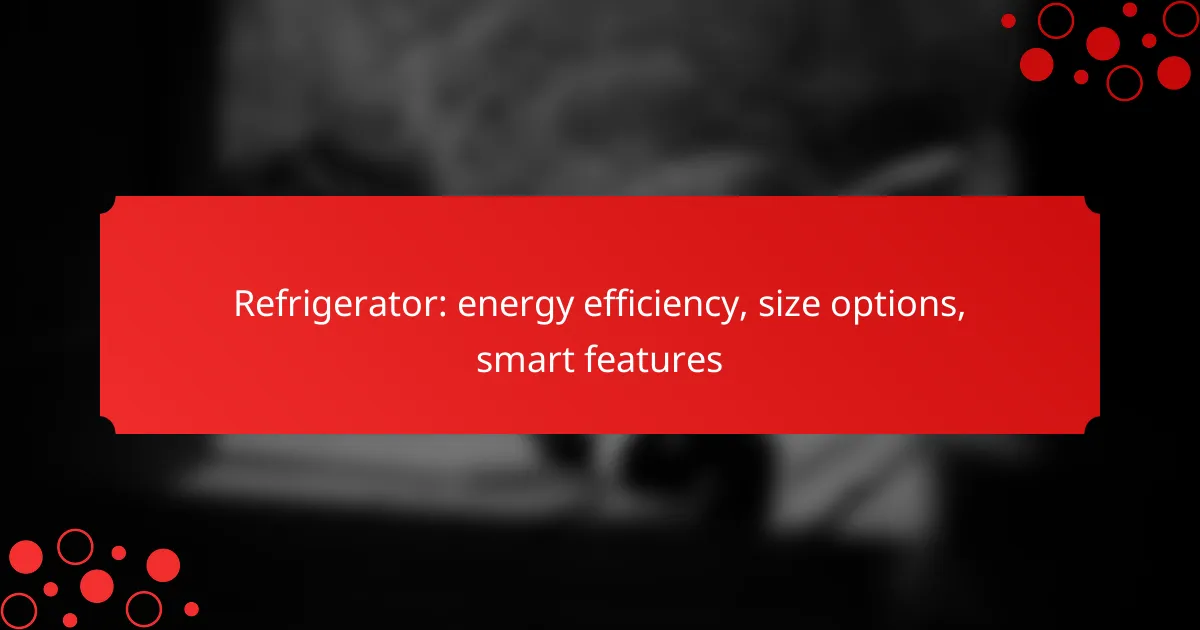Induction cooktops provide adjustable power levels that allow for precise control over cooking temperatures, making them ideal for a variety of culinary tasks. With built-in safety features such as automatic shut-off and child locks, these cooktops ensure a secure cooking experience. Additionally, their portability options make them versatile for both home kitchens and on-the-go cooking needs.

How do induction cooktop power levels work?
Induction cooktop power levels determine the intensity of heat generated for cooking. These levels are adjustable, allowing users to fine-tune the cooking process for various dishes, from simmering to boiling.
Power level ranges
Induction cooktops typically offer a range of power levels, often from 1 to 10 or 1 to 9, depending on the model. Lower levels are suitable for gentle cooking or keeping food warm, while higher levels provide rapid heating for boiling or searing. Users can select the appropriate level based on their cooking needs.
Typical wattage options
The wattage of induction cooktops usually falls between 1,200 to 3,700 watts per burner. Most standard models offer around 1,800 to 2,500 watts, which is adequate for most home cooking tasks. Higher wattage options are available for those who require faster cooking times or have larger cookware.
Impact on cooking speed
Induction cooktops heat up much faster than traditional gas or electric stoves due to their direct heating method. Cooking times can be reduced significantly, often by 25-50%, allowing for quicker meal preparation. This efficiency is particularly beneficial for busy kitchens or when time is limited.
Comparison with gas stoves
When comparing induction cooktops to gas stoves, induction models provide more precise temperature control and faster heating. Gas stoves, while offering visual flame control, can be less efficient and take longer to reach desired temperatures. Induction cooktops also enhance safety, as they remain cool to the touch while cooking.
Energy efficiency benefits
Induction cooktops are known for their energy efficiency, converting about 90% of energy into heat compared to gas stoves, which typically convert around 40-60%. This efficiency not only saves energy but can also lead to lower utility bills over time. Additionally, the quick heating and cooling capabilities reduce overall cooking energy consumption.

What safety features do induction cooktops offer?
Induction cooktops are equipped with several safety features designed to enhance user protection and prevent accidents. These features include automatic shut-off, child lock mechanisms, overheating protection, and cool-to-touch surfaces, making them a safe choice for any kitchen environment.
Auto shut-off functionality
Auto shut-off functionality is a critical safety feature in induction cooktops that automatically turns off the appliance after a set period of inactivity. This prevents potential hazards such as overheating or fire if the cooktop is left unattended. Users can typically adjust the inactivity time based on their preferences, ensuring peace of mind while cooking.
Child lock mechanisms
Child lock mechanisms are designed to prevent accidental activation of the cooktop by children. This feature usually requires a specific button combination to unlock, ensuring that curious hands cannot easily turn on the appliance. It is particularly beneficial for families with young children, providing an added layer of safety in the kitchen.
Overheating protection
Overheating protection is a vital safety feature that monitors the temperature of the cooktop. If the surface reaches a dangerously high temperature, the system automatically shuts down the heating element to prevent damage or fire. This feature is essential for maintaining a safe cooking environment, especially when using high heat settings.
Cool-to-touch surface
The cool-to-touch surface of induction cooktops is a significant safety advantage, as it remains relatively safe to touch even during cooking. Unlike traditional cooktops, which can retain heat long after being turned off, induction cooktops use electromagnetic energy to heat only the cookware. This minimizes the risk of burns and makes them safer for households with children or pets.

What are the portability options for induction cooktops?
Induction cooktops offer various portability options, making them suitable for different cooking environments. Users can choose from countertop models, portable burners, and consider factors like weight and size for easy transport.
Countertop models
Countertop induction cooktops are designed for stationary use but can be moved if needed. They typically feature multiple cooking zones and offer higher power levels, making them ideal for home kitchens. These models often require a standard electrical outlet and can be heavier than portable options.
Portable induction burners
Portable induction burners are lightweight and compact, perfect for travel or small kitchens. They usually have a single cooking zone and are powered by standard electrical outlets, making them convenient for use in various locations. Many models come with adjustable power settings, allowing for versatile cooking options.
Weight and size considerations
When selecting an induction cooktop for portability, weight and size are crucial factors. Portable burners typically weigh between 3 to 10 kg and are small enough to fit in a backpack or suitcase. Countertop models, while more powerful, can weigh significantly more, often exceeding 10 kg, which may limit their portability.
Best brands for portability
Several brands are known for their portable induction cooktops, including Duxtop, Max Burton, and Secura. These brands offer reliable performance and user-friendly features, making them popular choices among consumers. When selecting a brand, consider warranty options and customer reviews to ensure quality and support.

How to choose an induction cooktop?
Choosing an induction cooktop involves considering power levels, safety features, and portability. These factors will help you select a model that fits your cooking style and kitchen needs.
Key selection criteria
When selecting an induction cooktop, focus on power levels, size, and safety features. Power levels typically range from 1,000 to 3,700 watts, with higher wattage providing faster cooking times. Ensure the cooktop has safety features like automatic shut-off and child locks for added peace of mind.
Portability is another important criterion; some models are designed for easy transport, making them ideal for small kitchens or outdoor cooking. Check the weight and dimensions to ensure it fits your space and lifestyle.
Price range analysis
Induction cooktops vary widely in price, typically ranging from around $50 to over $1,500. Budget models may have fewer features and lower power levels, while high-end options often include advanced technology and better build quality.
For a good balance of quality and features, expect to spend between $200 and $600. This range usually offers reliable performance, decent power levels, and essential safety features.
Brand reputation
Brand reputation plays a significant role in your choice of induction cooktop. Well-known brands like Bosch, GE, and Whirlpool are often associated with quality and customer support. Research customer reviews and ratings to gauge reliability and performance.
Additionally, consider warranty and service options. Brands that offer longer warranties and responsive customer service can provide extra assurance in your purchase decision.



